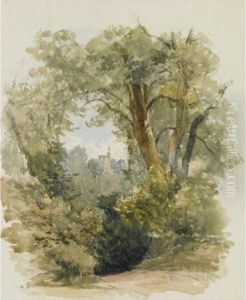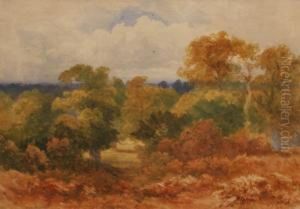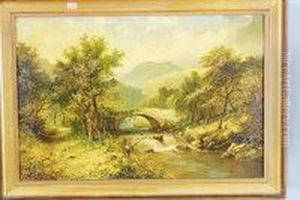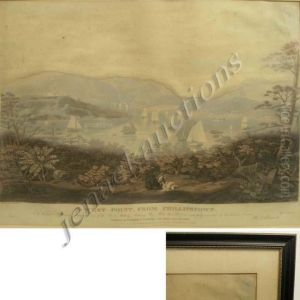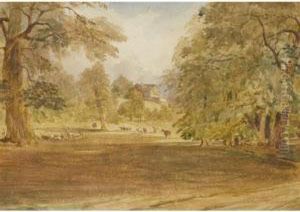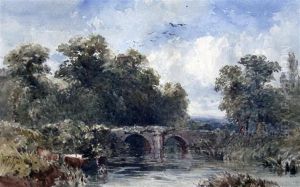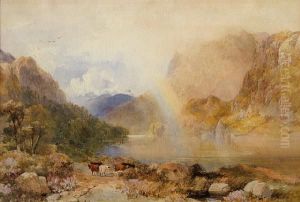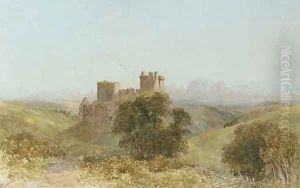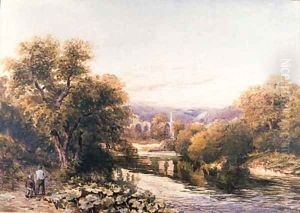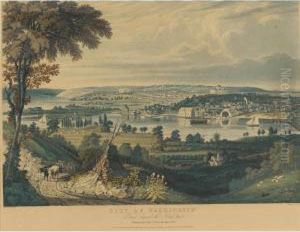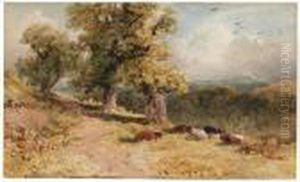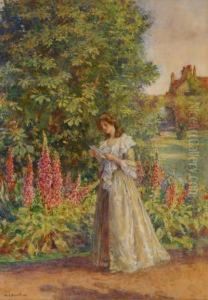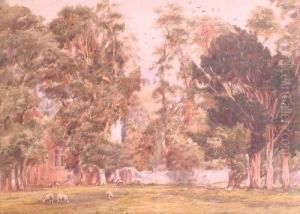William James Bennett Paintings
William James Bennett was a British-born artist known for his work in watercolors and aquatints, particularly his landscape views of American cities and scenery in the early 19th century. Born in London on June 1787, Bennett studied at the Royal Academy Schools. Early in his career, he worked primarily in watercolors and exhibited at the Royal Academy.
In 1816, Bennett moved to the United States and became an active member of the American art scene. He initially lived in New York City where he continued to work in watercolor but also began to learn the process of aquatint engraving. Bennett’s aquatints were notable for their fine detail and use of color, which was a relatively new printmaking technique at the time. He became particularly well-regarded for his series of city views, which were published in the 1820s and 1830s. These prints provided detailed and idealized views of American cities such as New York, Philadelphia, and Washington D.C., capturing the burgeoning urban landscapes of the era.
Throughout his career in the United States, Bennett played a significant role in the development of American printmaking and was a contemporary of other notable artists such as John James Audubon. He contributed to the growing appreciation of American landscapes and cityscapes, and his work was instrumental in shaping the visual record of the United States during a period of rapid growth and change.
Bennett's work was appreciated for its artistic quality as well as its documentary value. His prints were sought after by collectors and served as keepsakes for those who wanted a reminder of the American landscape during this period. Despite the popularity of his work, William James Bennett died in poverty in New York City on September 17, 1844. Today, his prints and watercolors are held in the collections of many major museums, and he is remembered as a key figure in the history of American printmaking and landscape art.

